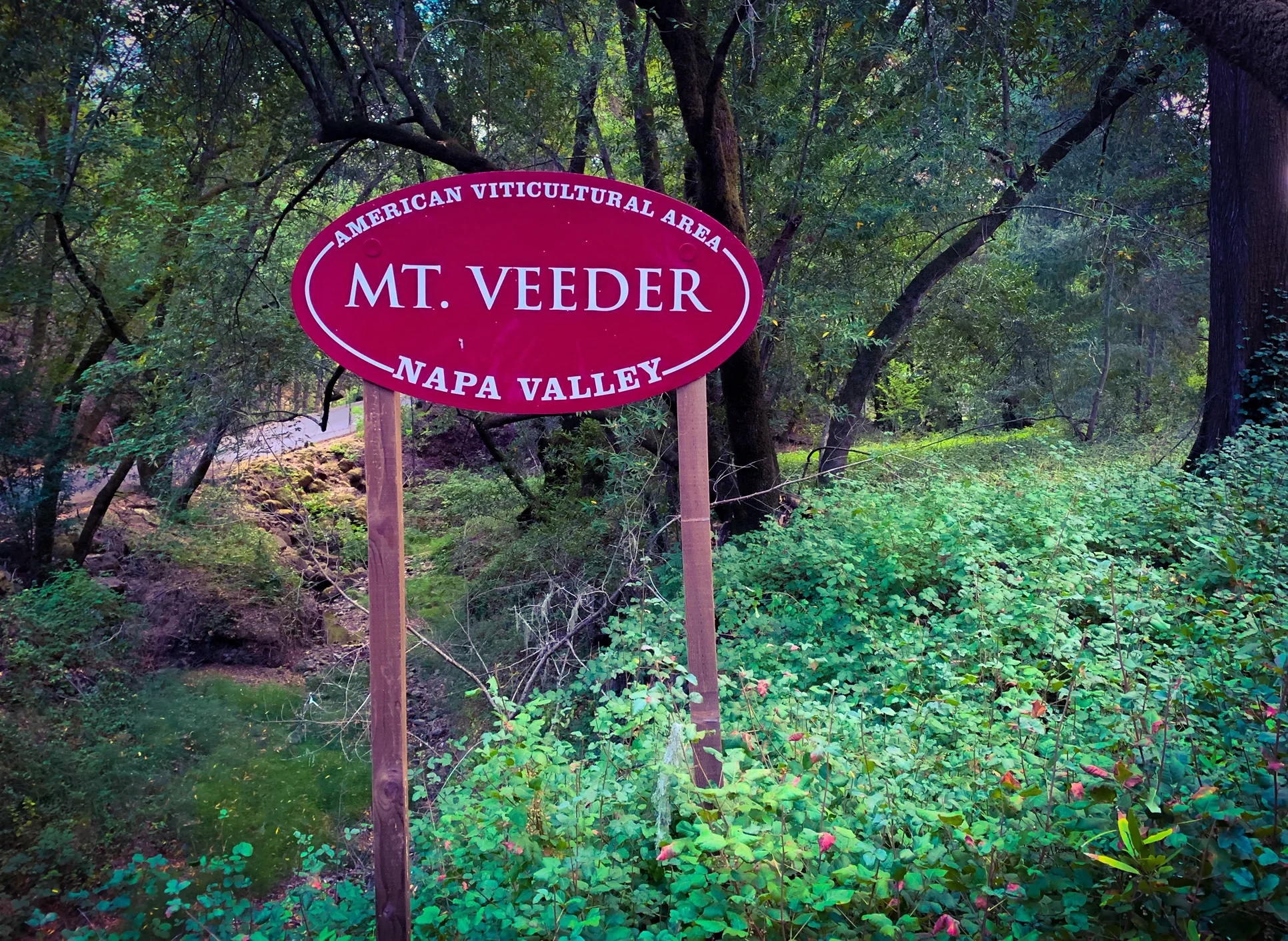Wines from Mount Veeder are rare, yielding a mere 1.3% of Napa Valley’s annual production. The terroir is extremely rugged and difficult to farm. It takes true craftsmanship and determination to coax fruit from this unique soil, but the resulting grapes are something special-just like the ground they come from.
History
Peter Veeder lived on this mountain in the Civil War era. He was a Dutch pastor and enjoyed hiking in the terrain that reminded him of home. In 1864 Captain Stelham Wing provided the first bottle of wine from Mt. Veeder at the Napa County Fair. Today’s Yates Family Vineyard as well as the Mayacamas Vineyard were established in the 1880’s.
It was in 1900 that Mt Veeder really began to establish itself, thanks in part to the arrival of Theodore Geir, a vibrant and vivacious German man who bought the property. He was a liquor dealer from Oakland, and his land later became the Christian Brothers’ Mont La Salle Winery-now known as the Hess Collection Winery. Stay tuned, we’ll be visiting them next week!
Arlene and Michael Bernstein were among many who flocked to Mt. Veeder in the 1960’s looking for a lifestyle that embraced nature. It was their 1973 Cabernet Sauvignon that first boasted the Mt. Veeder designation on its label.
One could say that California’s Petit Verdot was born here. The first cuttings came from Mt. Veeder, and most of the Petit Verdot you find in Napa originated from these very cuttings.
Climate and Soil
Most of the AVA’s we’ve discussed so far have volcanic soils, but not this one. Mt Veeder is primarily pushed up ancient seabed. It’s the only appellation in Napa to make this claim, and you can taste the distinction in its wines.
It’s the highest AVA in Napa at close to 2400 feet, and it has the longest growing season and latest harvest-sometimes lasting into November.
The terrain is so rough and rugged that almost all of the work must be done by hand. The results of this backbreaking labor can average out to a mere 2 tons of grapes per acre (trust me, that ain’t much), hence the rarity and uniqueness of the wines produced here.
The climate is cooler than all other regions of Napa, with the exception of Carneros. In fact it’s the only mountain adjoining the Carneros region, and it shares its cooling breezes from the San Pablo Bay as well as its mild summers. Those cool temperatures contribute to the lively nuances you taste in the wines from this region.
Grapes
The grapes are small here, as a result of the stubborn soil, but their long and slow growing season ensures they’re full of nuance and complexity. Distinguished, sophisticated, and elegant are the words that spring to mind when discussing Mt. Veeder grapes.
The wines from Mt. Veeder are a work of art and a labor of love-remember, almost all of the farming is done by hand. The resulting red grapes are spicy, floral, and bursting with berries and minerality. The white wines carry tones of stone fruit and just a hint of citrus.
Chardonnay, Cabernet, and Syrah are the dominant varietals of Mt. Veeder, but there are at least 18 different grapes grown here, including the lesser known (and particular favorite of mine) Carignane.
If you have respect for painstaking labor, try some wine from the Mt. Veeder AVA. As you sip, keep in mind that you’re drinking wine grown from soil that is unlike any other soil in the Napa Valley. Enjoy it slowly-after taking its sweet time to grow it deserves to be savored. – Lea Gourley

